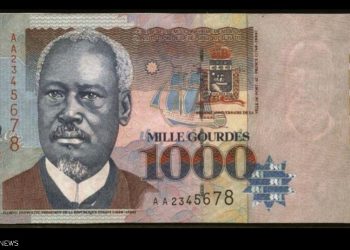When you plan for retirement the idea of becoming a millionaire is no longer a far-fetched dream . With the rising cost of living and increased longevity having at least $1 million in savings is becoming a goal that is necessary . But how to invest 100k to make $1 million? It’s certainly not an overnight process but it is achievable with careful planning and investment .
Partnering with a Financial Advisor for Optimal Returns
In order to maximize your investment returns and navigate the complexities of the financial world consider working with a financial advisor . They can provide guidance tailored to your specific situation and help you make informed decisions and optimize your investment strategy .
Taking Stock: Assessing Your Current Financial Position
The first step in the journey from $100,000 to $1 million is evaluating your current financial standing . Consider factors such as your savings, debt, income and overall financial goals . Additionally your time horizon for investing plays a crucial role in determining the strategies and investments to employ .
Balancing Risk and Returns: Understanding Your Risk Profile
As you plan your investment approach it’s a must to consider your risk tolerance and risk capacity . Risk tolerance refers to your comfort level with taking on investment risks while risk capacity is the amount of risk that is necessary to achieve your goals . Striking the right balance between risk and potential returns is crucial when selecting investments . Safe options like cash and bonds offer stability but limited growth while stocks can deliver higher returns at the expense of volatility .

Crunching the Numbers: Monthly Contributions, Time Horizon and Returns
To estimate your progress towards the million-dollar mark calculate different scenarios based on three key factors: monthly contributions, time horizon and investment returns . Suppose you’re 35 years old and plan to retire at 65 . With an initial investment of $100,000 and an additional $100 per month over 30 years assuming a 7% rate of return your portfolio could grow to over $930,000 . Adjusting either the monthly contributions or aiming for higher returns can help bridge the gap to $1 million .
Asset Allocation: Finding the Right Mix
Managing your asset allocation is crucial regardless of your investment strategy . Active investors may prefer trading individual stocks or mutual funds while passive investors may go for index funds . Balancing your portfolio based on risk and return preferences is key . Regularly rebalancing your assets ensures alignment with your goals and robo-advisors can provide automated assistance in maintaining the optimal asset allocation .
Minimizing Costs and Taxes: Protecting Your Returns
Pay attention to costs and taxes to maximize your investment returns . Understand expense ratios, trading fees and asset management fees which are associated with your investments . Strategically utilizing tax-advantaged retirement accounts like 401(k)s and IRAs can defer taxes on investment growth . Tax-loss harvesting can help manage tax liabilities by offsetting gains with losses .
Final Thoughts
Building a million-dollar portfolio requires time and strategic planning . The longer your investment horizon the more you can benefit from compounding growth . Even if you’re starting later it’s still possible to achieve your retirement goals . Remember that there are no shortcuts or secret formulas . It’s about constructing a sound strategy and making the most of your investment journey to reach the million-dollar finish line in retirement .













